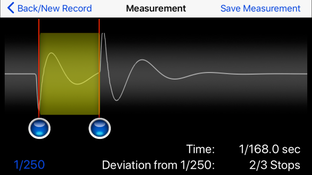Andreas Thaler
Subscriber
I'm currently renovating a Minolta X-700 and during the work I measured the shutter speeds with the Photoplug.
The Photoplug consists of a light-sensitive measuring cell that is controlled via an app on the smartphone.
Here you can go directly to the practical report, which describes a series of measurements with the tool:
Post in thread 'Minolta X-700: A renovation project'
https://www.photrio.com/forum/threads/minolta-x-700-a-renovation-project.203947/post-2763053
The main story:

 www.photrio.com
www.photrio.com
The Photoplug consists of a light-sensitive measuring cell that is controlled via an app on the smartphone.
Here you can go directly to the practical report, which describes a series of measurements with the tool:
Post in thread 'Minolta X-700: A renovation project'
https://www.photrio.com/forum/threads/minolta-x-700-a-renovation-project.203947/post-2763053
The main story:

Minolta X-700: A renovation project
As announced, the first project in the new year will be the renovation of an X-700 with obvious moisture damage. Today the cheaply purchased and well used X-700 arrived and I did an initial inspection. The goal is not to get the camera back to full function at all costs, but to see what damage...
















